Where Does The L Train Go From Here?
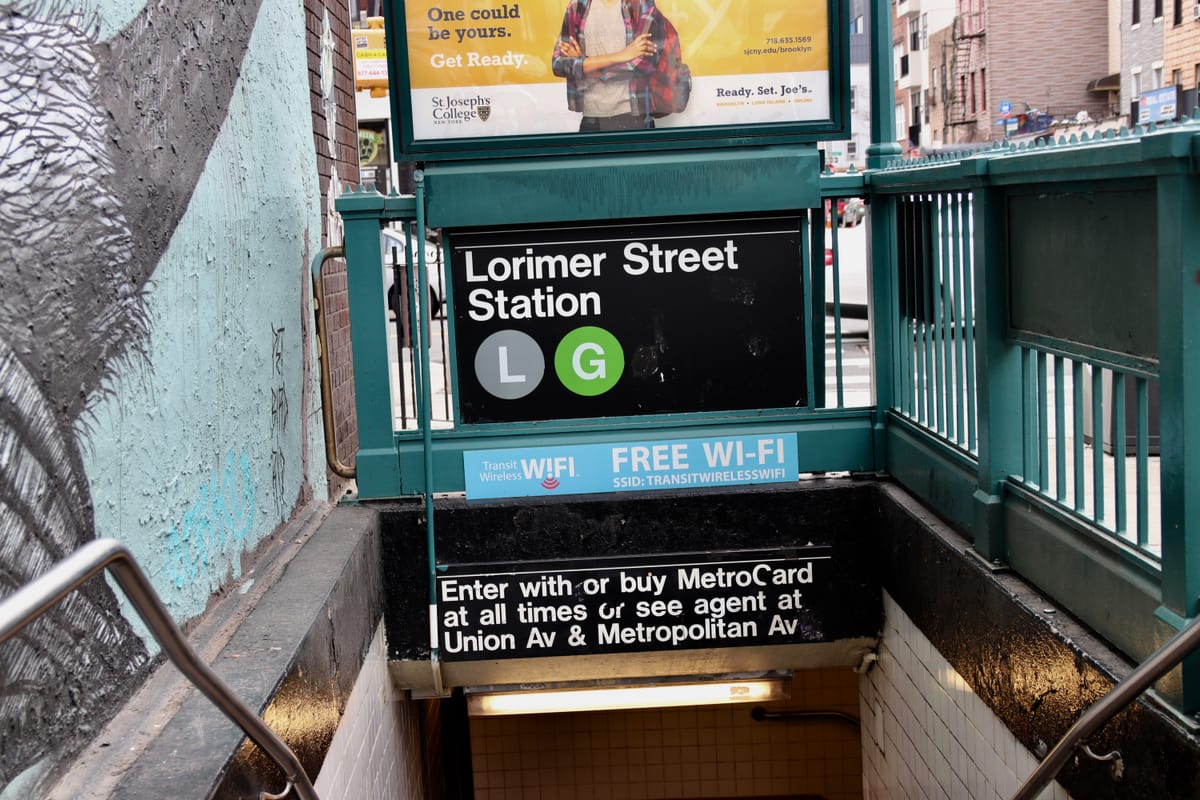

WILLIAMSBURG – Twelve elected officials and representatives from various organizations stood outside the Lorimer Street L Train subway station yesterday in 46 degrees Fahrenheit for one hour to each repeat the fact that they had more questions than answers about Governor Cuomo’s new plan that they all liked very much.
Here’s what’s been happening so far: The L Train was scheduled to shut down in April of this year for 15 months. The MTA and elected officials had been preparing the City for a full L Train shutdown for three years. People along the L line moved out of their apartments, closed their businesses, and searched for new jobs. The L Train transports over 250,000 riders every day – and all of them were going to be affected. Straphangers were upset but had somehow mentally prepared themselves. That is, until last week when Cuomo changed the entire plan.
According to Cuomo, it is not necessary to shut the L line completely. Instead, the proposal – the engineering aspects of which have not been tried in the U.S before – would allow for full train service on weekdays, and only one out of the two tubes would be open on the weekends and during the nighttime. Repairs would take roughly the same amount of time under this revised plan as the original complete shutdown – somewhere between 15-20 months.

This left local politicians and members of transit organizations with several questions: Where was this plan before? Why was it announced this late in the game? What happens to the existing mitigation plan? How much money is the City saving? Where would the savings go?
And is Cuomo 100 percent sure this plan will work?
Borough President Eric Adams said he entered the MTA briefing last Thursday with an “exclamation point of rebuilding this system,” and left the meeting “with a question mark of uncertainty.”
“I know how vital and important the L Train is. This is not some mere insignificant moment taking place on this day,” Adams said. “We want to be clear. We believe in innovation. This is not a denouncement of using innovative ways to accomplish a particular crisis in the city– we embrace that. This is about not allowing the poor planning to get in the way of proper communication and proper implementation of any type of plan.”
The MTA Board is preparing to vote on the newly proposed plan in the upcoming weeks. But before members vote, Adams is calling for key commitments from the MTA, the City, and the State.
- A commitment for additional community input sessions. “This can’t be just simply a PowerPoint where we throw in a few graphs and numbers on the screen,” he said. “We need real communication on the ground.”
- A commitment to maintaining the bulk of the existing mitigation plan “our communities have collectively labored so hard to put together,” he said. Adams said he understands that some alterations may be needed and that is OK.
- A commitment to invest in the City, which included long deferred ADA accessibility and station improvements.
- A commitment of full transparency, which “seems to be a foreign language” to the MTA, he said.
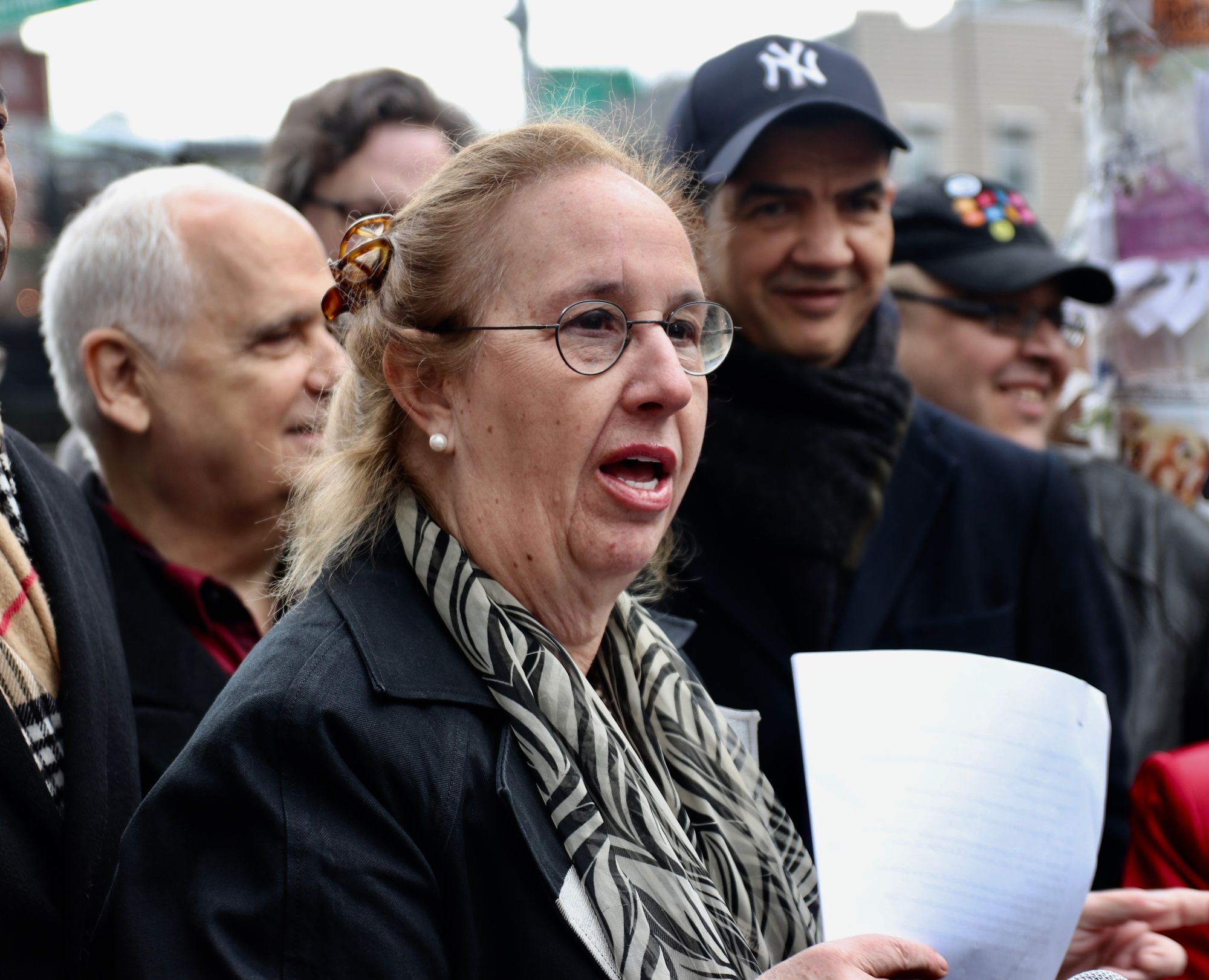
Both Adams and Manhattan Borough President Gale Brewer are on the same page, as Brewer’s list of key commitments matched Adams’. The only difference? Brewer is calling on an outside validator to approve the plan.
“I am suggesting, calling, urging… the Federal Transportation Administration mandate that there will be an outside validator, somebody to tell us is this the right cost; is this the right suggestion?” Brewer said. She also wants the existing mitigation efforts to stay in place.
Mitigation efforts everyone kept referring to include the following:
- Increased service on the G and JMZ lines; additional station turnstile, stair and control area capacity at numerous stations on the G, JMZ and L lines.
- Longer G and C trains to increase capacity.
- Alternative bus lanes: Bus lanes that connect from the Grand Street Station in Bushwick and along the Brooklyn shuttle bus routes, over the Williamsburg Bridge, to and from Delancey Street and other key Manhattan connection points.
- High Occupancy Vehicle (HOV3) restrictions will be added to the Williamsburg Bridge during rush hours at minimum, allowing more efficient movement over the bridge.
- New ferry route connecting North Williamsburg to Stuyvesant Cove.
- Several protected bike lanes + Citi Bike expansion.
Transportation Alternative’s Director of Advocacy Thomas DeVito spoke about how NYC is in the middle of a transportation crisis. The solutions? “More bus lanes, more protected bike lanes,” he said. These are both a part of the existing mitigation efforts, which he reiterated needed to stay.
“These mitigation efforts… we need more of them, not just in response to the L Train, but more widely in the system.”
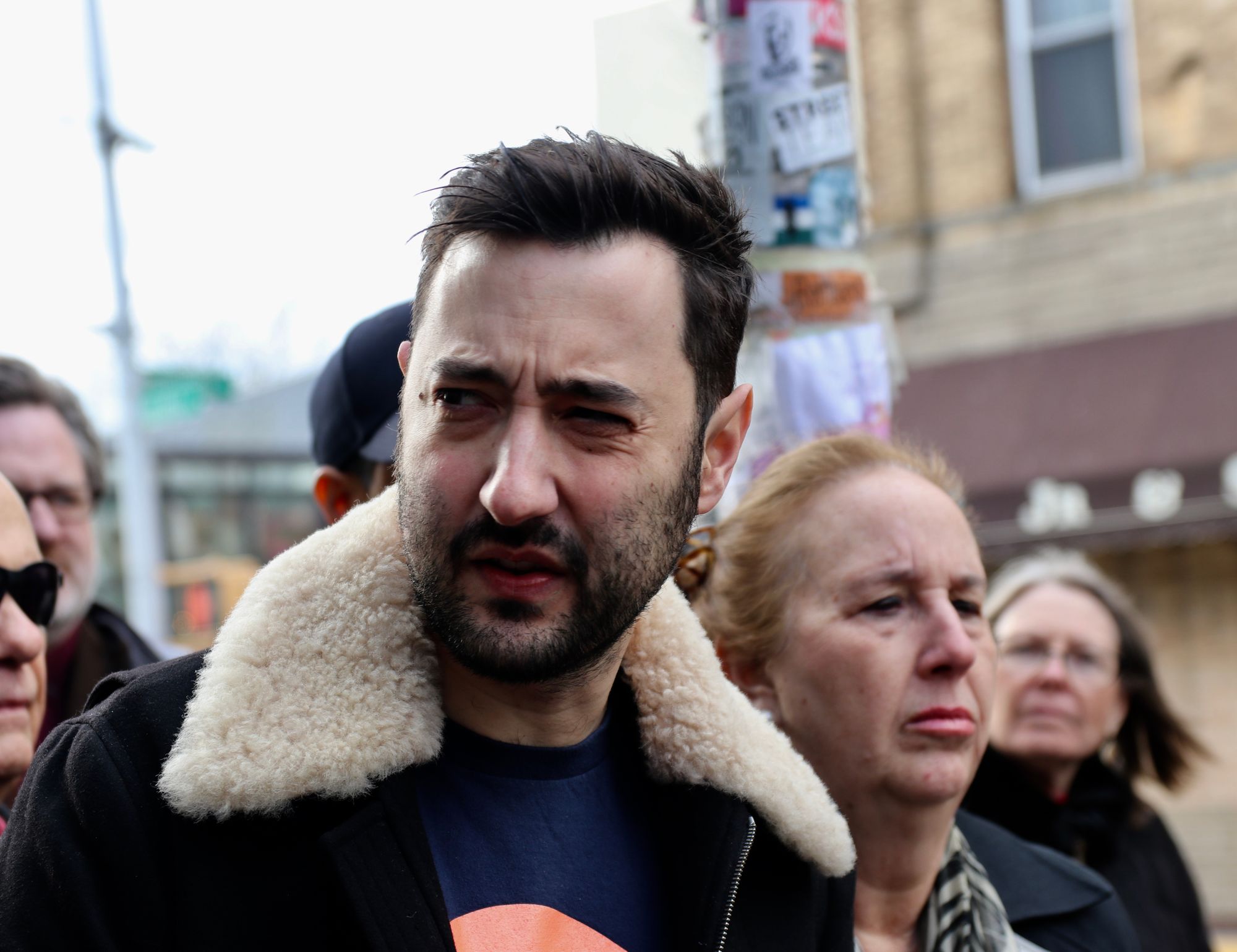
According to Adams, someone made a comment at the stakeholders meeting last week asking, “Do we still need ferry service?” to which Adams responded, “You’re darn right we do. It’s an opportunity to expand on the use of our waterways. Let’s use this as a teaching moment to figure out how we continue to move New Yorkers.”
Council Member Carlina Rivera spoke about the sacrifices people who relied on the L line had to make.
“Since Hurricane Sandy, we knew we would have to make sacrifices. We were all prepared. We were fighting for people’s homes, their livelihoods, their jobs, their commute; all of the things that make transportation the great equalizer,” she said. “And we knew that this was also a public safety issue. But now it’s become a public trust issue… this lack of transparency erodes public trust in government.”
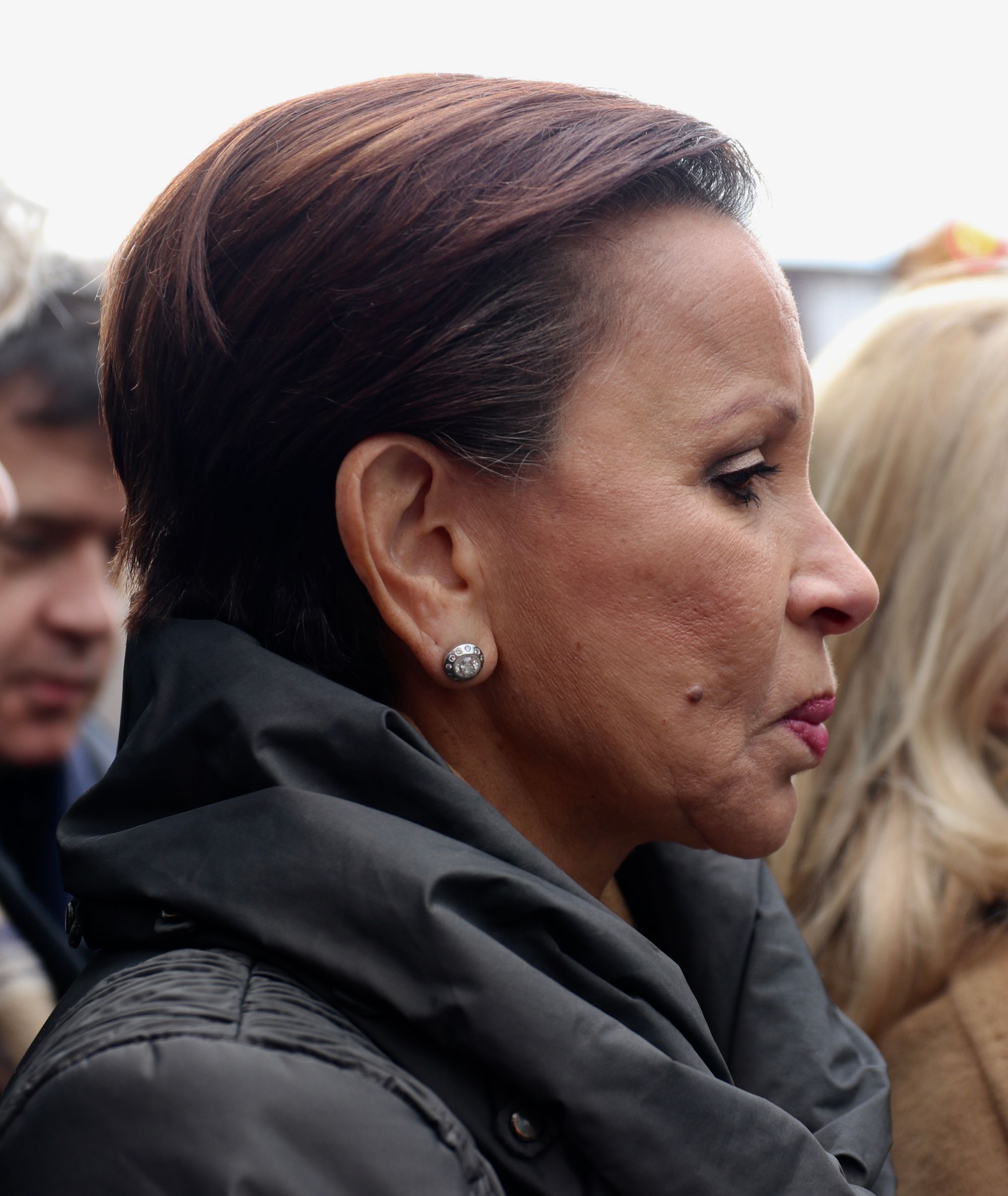
Congresswoman Nydia Velázquez who represents parts of Brooklyn, Lower Manhattan and Queens shared Rivera’s sentiments.
“The MTA is telling us, ‘trust us.’ The problem is basically that we don’t trust you,” she said. “Yes, we are pleased that there will not be a full-on shutdown, but we need some assurances going forward. We demand transparency of how we got here and how the next steps are being implemented.”
The best-case scenario according to Danny Pearlstein who is the policy and communications director at The Riders Alliance? “The new plan would be vetted by outside transit experts with no connection to the Governor or the MTA.”
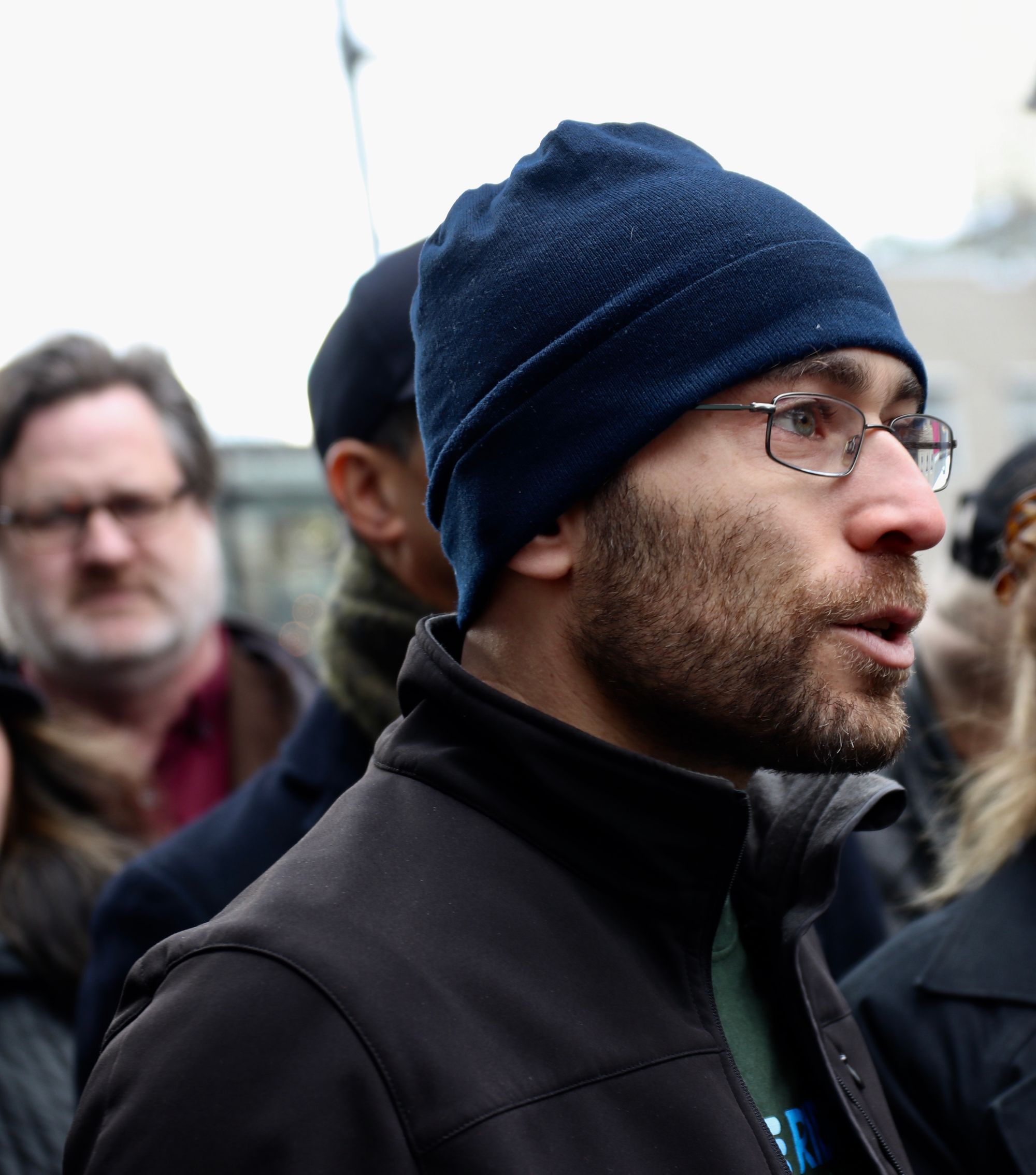
“Nights and weekends are tremendously important to the L Train. Just riding over here this morning with trains running every four minutes, I counted 50 people in my subway car,” Pearlstein said. “With every 20 minutes, we can’t accommodate 50 people in a subway car. That’s simply not possible.”
Non-voting MTA board member Andrew Albert was also in attendance. Aside from saying that “We’re blessed with an amazing transit system,” he said he was surprised to hear about the Governor’s new plan.
“The technology is new,” he said. “It has not been tried in the U.S. It has not been tried in subway tunnels. It’s great that it works in the really hot climate of Riyadh, Saudi Arabia, but what about in NY and our kind of climate?”
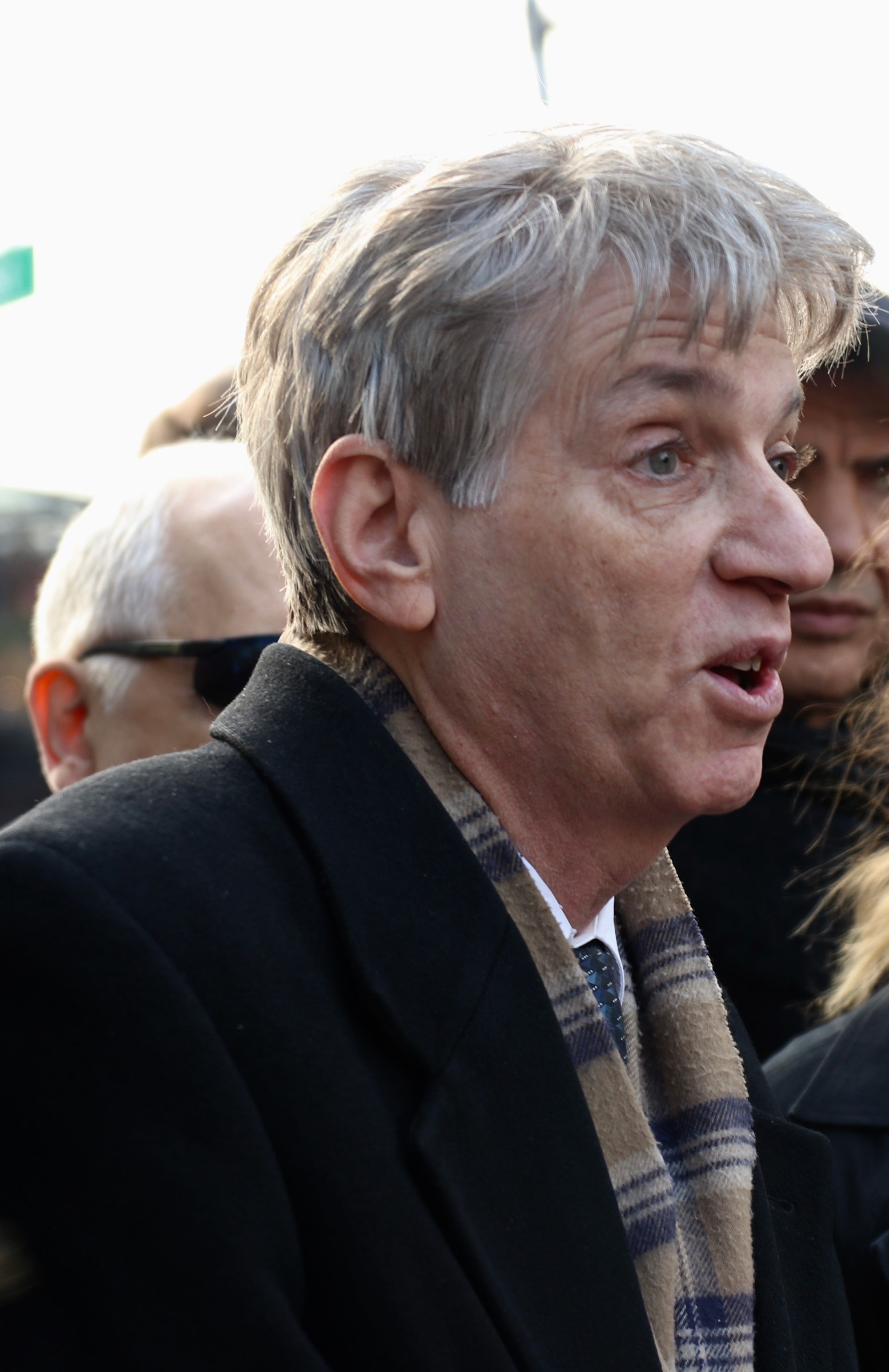
“These experts that came up with the new plan, where have they been the last three years? Everybody knew this was coming,” Albert said. “Everybody was involved in the planning. There were community meetings in Williamsburg, Canarsie, Bushwick, Manhattan… where were all these experts then? Why now all of the sudden?”
State Senator Brad Hoylman, representing areas in Manhattan, very much adores Cuomo’s new plan. He said he was “grateful for the Governor for stepping in… in a shocking turn of events.”
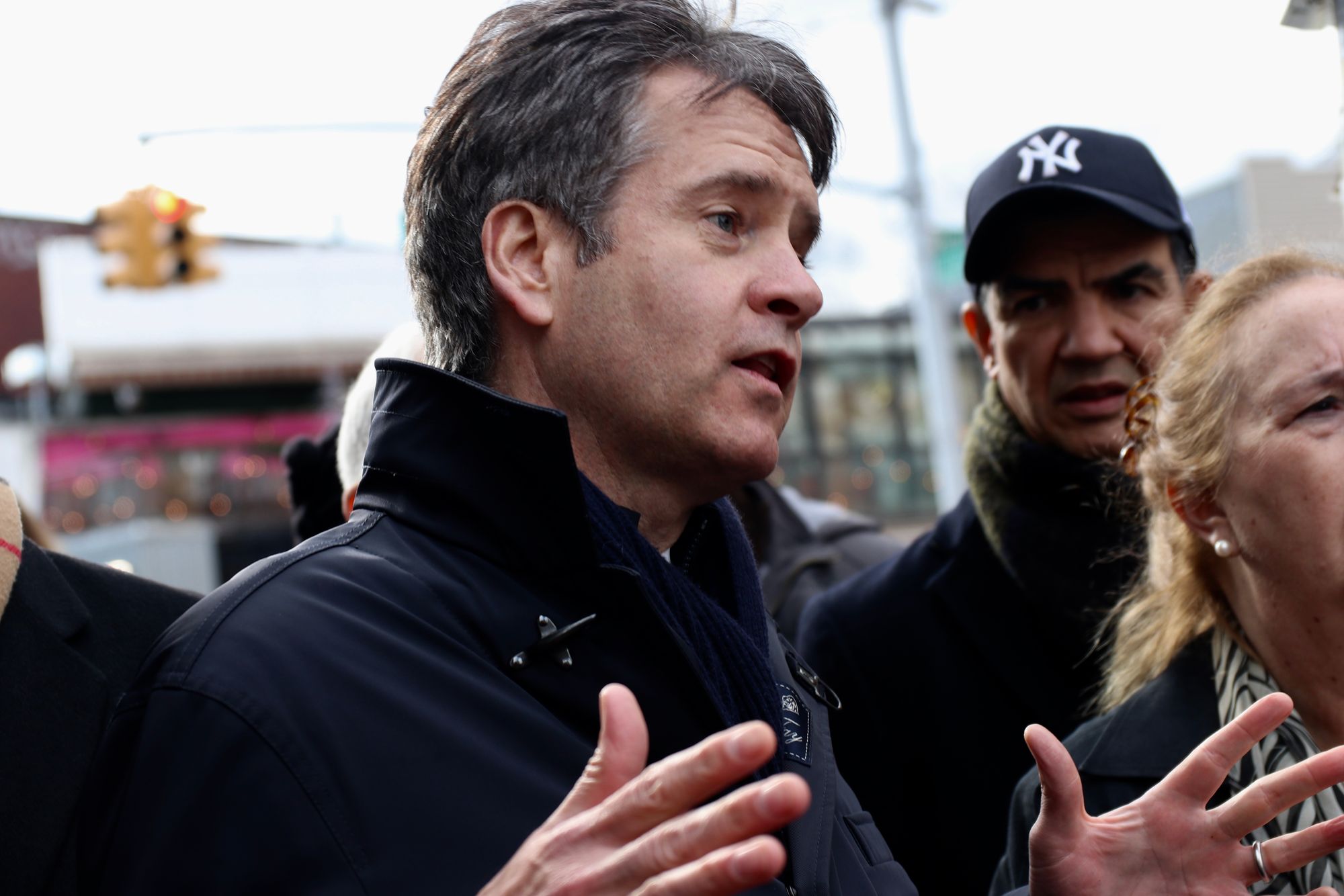
Hoylman said he has environmental concerns regarding the new plan.
“The proposal is that the trains will be running in the day and in the night dangerous silica and construction debris will be removed,” Hoylman said. “What does that expose riders to in the morning when they return to take the L Train?
Hoylman still believes “The L train rethink will be a major win for public health & the environment because it eliminates the need for 200+ diesel buses streaming through our neighborhoods,” he tweeted last week after the announcement.
“I kind of feel like we were planning a wedding for the last three years. We had the reception planned… we get to the altar and not only does the groom run off, but you look and the guy next to you… you’ve never seen him before.”




